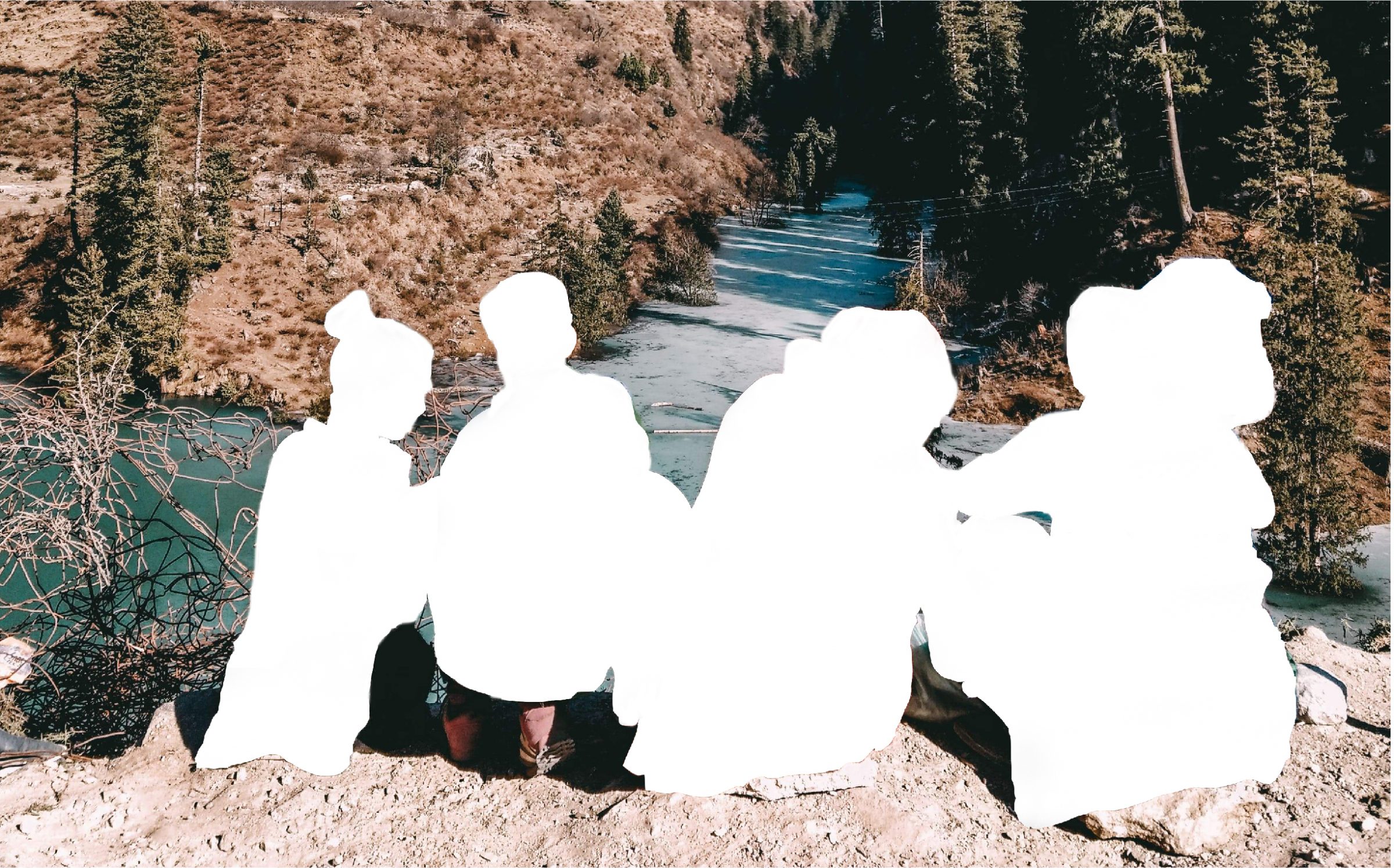Yesterday brought news that Marvel would be coming out with their first Asian-led superhero film, starring Canada’s own Simu Liu. It’s great news, but also: what took so long? Asians have been underrepresented in film, TV, and print for ages. Diversity is more than just one non-white person in your ensemble cast or stock photo.

Last year Jevh Maravilla and Christian Toledo, two University of Houston students, were eating at a McDonald’s when they noticed the complete lack of Asian representation in the photos hanging in the restaurant. They decided to change that. On their own.
Maravilla and Toledo took a photo of themselves holding burgers and fries, added McDonald’s’ logo, and made their own poster. They snuck the poster into the restaurant and brazenly hung it up. Management didn’t notice for 51 days. There, fixed it for you.
Role Models
Mountain Equipment Co-op realized that their previous campaigns weren’t truly representative of the diverse outdoor community in Canada. They committed to representing the diversity of people who are active outdoors. They produced films on diversity, and made their website and campaign photography more inclusive. MEC also has ambassadors who advocate for diverse representation in the outdoor industry.

It’s wonderful to see brands attempt to broaden representation. It’s also important to consider the power and responsibility we have as designers to advocate for and encourage diversity when selecting images.
Your Search Found Zero Results
Finding a good stock image is hard enough, but finding a quality, realistic stock photo of an under-represented group is even harder. Stock photo sites lack diversity, and it’s a slog to search through photos of slim Caucasians laughing while eating a salad.

At a time when proper representation is being demanded, designers should be able to find authentic photos that are more diverse, photos that are not only racially diverse, but that reflect different gender identities. We need photos that show a diversity of ages, and body types that go beyond stereotype.
Shades of Progress
But sites are popping up to fill the gaps. Shade, an influencer agency that represents black and brown people, created Nappy, a stock photo site to share beautiful, diverse photos. And it’s free. So there’s absolutely no excuse not to make your projects a little less homogenous. Another site, TONL, offers “culturally diverse stock photos that represent the true world we live in.”
Some popular stock sites can also be filtered by age and ethnicity. Getty Images, Shutterstock and Stocksy have created collections of diverse photos.
But What Are We Doing About It?
Diversity and inclusion are no longer messaging and communication nice to haves. People need to recognize themselves in the brands and products they buy. Photography signals to your audience that your brand understands their needs and will help fulfill them. It needs to represent and resonate.
At Pilot we have informally worked to choose diverse images as often as possible. We try to cast for diversity when we do photo shoots, and we work towards inclusivity. But is it enough? No. We can certainly do a lot better when it comes to gender identity, body types, and tokenism. We commit to auditing all our work for the greatest diversity of images we can find. Join us!